
கவுதமாலா: கவுதமாலா நாட்டில் சுமார் 1600 ஆண்டுகள் பழமையான மயன் மன்னரின் கல்லறை கண்டுபிடிக்கப்பட்டுள்ளது. மயன் நாகரிகம், மத்திய மற்றும் வடக்கு அமெரிக்க பகுதிகளில் பரவியிருந்தது. மயன் அரசர்கள், மக்களால் கடவுள்போல கருதப்பட்டனர். கிபி 250 முதல் 900 வரை இவர்களது காலம் ஆகும். பிரவுன் பல்கலைக்கழகத்தை சேர்ந்த ஸ்டீபன் ஹூஸ்டன் தலைமையிலான அகழ்வாராய்ச்சியாளர்கள், கவுதமாலா நாட்டில் அகழ்வாராய்ச்சி மேற்கொண்டனர்.
அப்போது 1600 ஆண்டு பழமையான, மயன் மன்னரின் கல்லறை கண்டுபிடிக்கப்பட்டுள்ளது. அதிலிருந்து 6 குழந்தைகளின் எலும்புக்கூடுகளும், பீங்கான், துணிகள் உள்ளிட்ட ஏராளமான பொருட்களும் கண்டெடுக்கப்பட்டுள்ளன. இந்த பொருட்கள், மயன் மன்னர் பயன்படுத்தியதாக இருக்கலாம் என்று ஆராய்ச்சியாளர்கள் கருதுகின்றனர்.
குழந்தைகள், மயன் அரசன் இறந்தபோது அவனுக்காக பலி கொடுக்கப்பட்டவர்களாக இருக்கலாம் என கூறப்படுகிறது. இது, கிபி 350 - 400க்கு இடைப்பட்ட காலத்தில் வாழ்ந்த மயன் மன்னரின் கல்லறையாக இருக்கலாம் என தெரிகிறது. கல்லறையில் குடைந்தும், செதுக்கியும் உருவாக்கப்பட்ட சிற்பங்கள் ஏராளமாக உள்ளன. கல்லறையில் இருந்து எடுக்கப்பட்ட பொருட்கள் குறித்து ஆராய்ச்சி நடந்து வருகிறது. இதன் மூலம் மேலும் பல தகவல்கள் தெரியவரும் என்கிறார்கள் ஆராய்ச்சியாளர்கள்










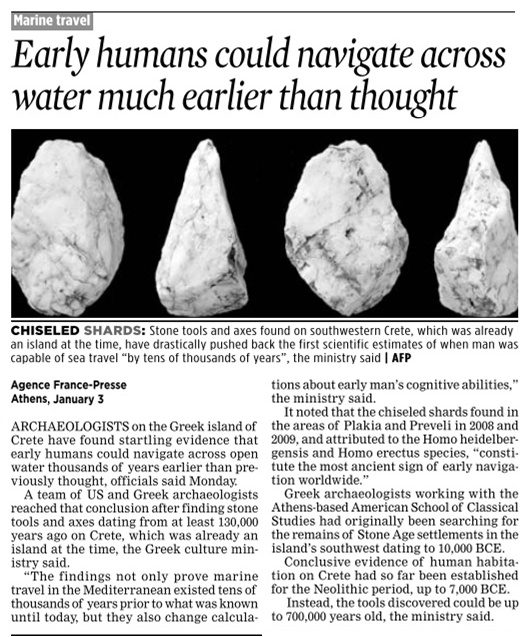

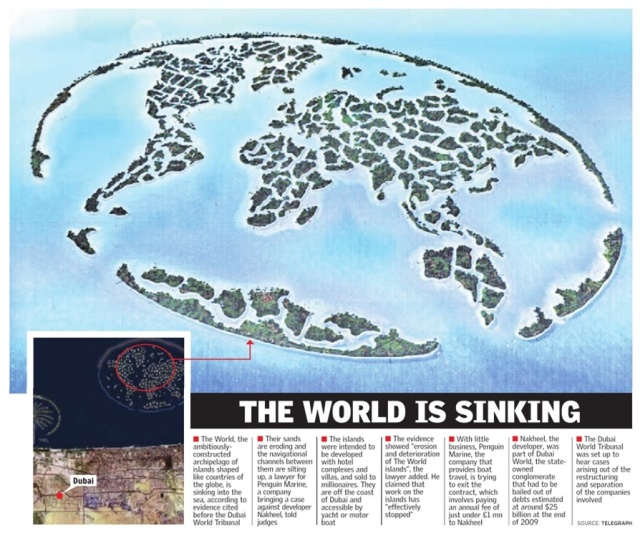
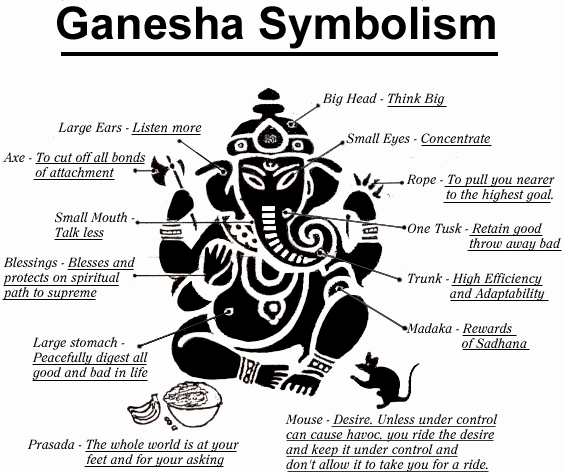

















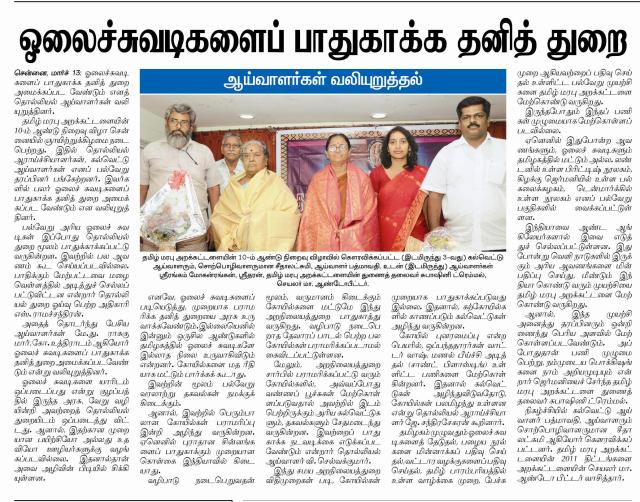
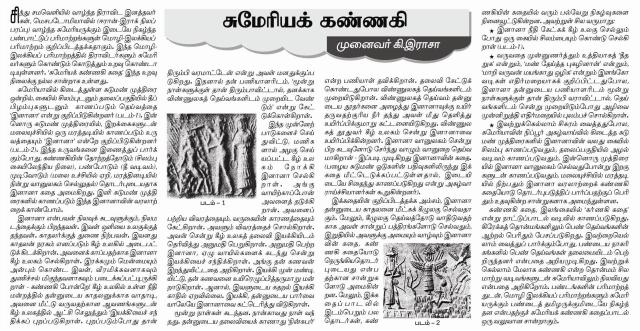







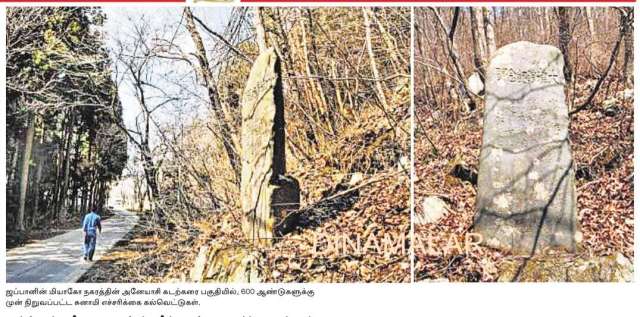









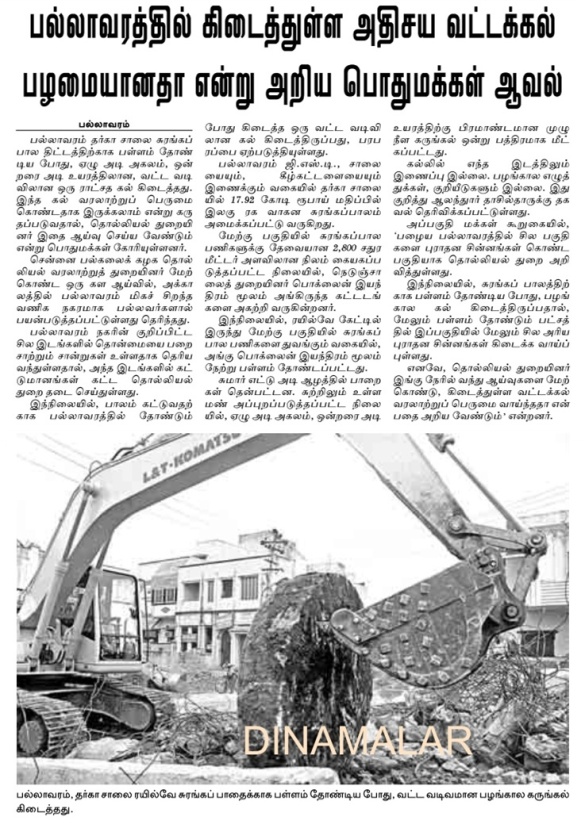

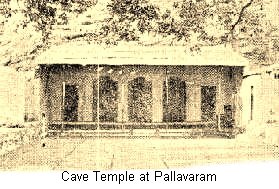



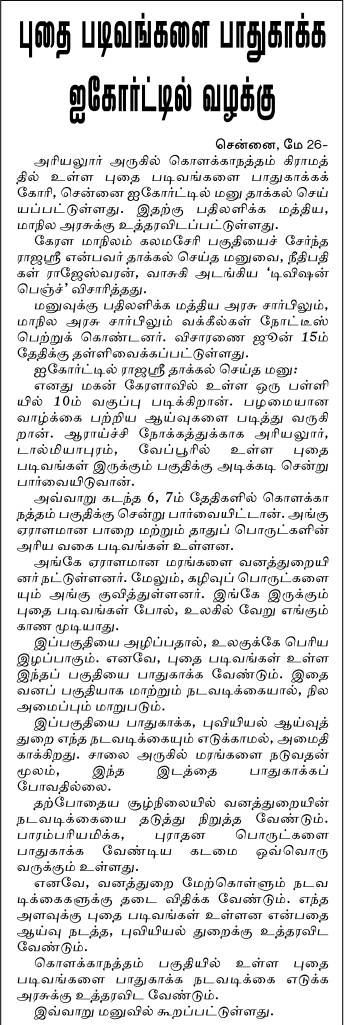
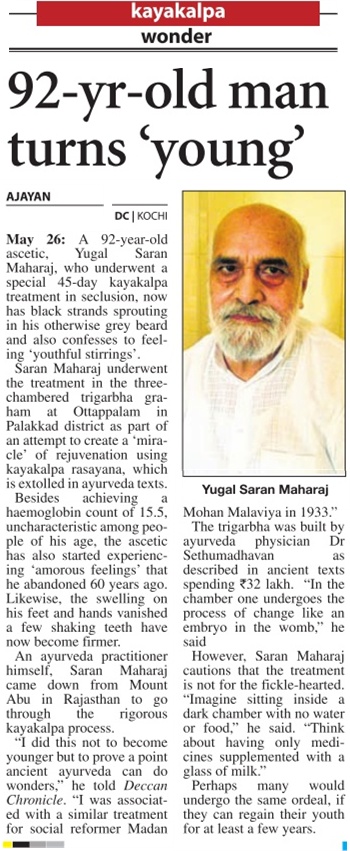


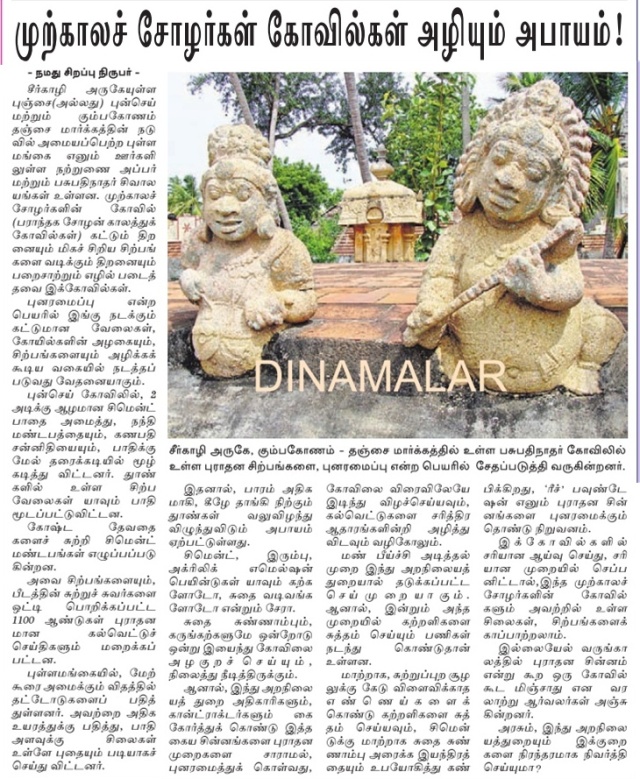

 Udupi, Jun 14: S A Krishnaiah, folklore scholar, and Prof T Murugeshi, professor of MSRS College Shirva in the department of history and archaeology, said that a very rare unicorn sculpture of ‘Hayagajanandi (combination of horse, elephant, bull), has been found from Nagabrahmasthana at Kalya near Nitte in Karkala taluk. They were addressing a press conference here on Monday June 13. This stone sculpture is claimed to be one of the rarest of the unicorn icons found in India.
Udupi, Jun 14: S A Krishnaiah, folklore scholar, and Prof T Murugeshi, professor of MSRS College Shirva in the department of history and archaeology, said that a very rare unicorn sculpture of ‘Hayagajanandi (combination of horse, elephant, bull), has been found from Nagabrahmasthana at Kalya near Nitte in Karkala taluk. They were addressing a press conference here on Monday June 13. This stone sculpture is claimed to be one of the rarest of the unicorn icons found in India.



